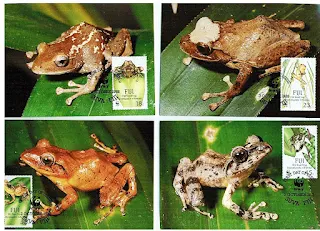Stay away (or at least stay alert) from the crowds...including celebratory crowds, pilgrims, rioters, etc.
Not only bulls can create a deadly stampede.
Best wishes to the people of Cambodia!
A country whose history is written in deep blood, especially because of their own countrymen, The Khmer Rouge members.
Read about the genocide: it's mind-boggling how the local power-players (and several countries!) have shifted alliances among them. Foe-turned-friend-turned-foe-turned....
What a tragedy...The Killing Fields...
On a more peaceful note (but remember the Latin adage http://en.wikipedia.org/wiki/Si_vis_pacem,_para_bellum ):
UL(upper left image): The Banteng (Bos javanicus), also known as Tembadau, is a species of wild cattle found in Southeast Asia. Banteng have been domesticated in several places in Southeast Asia, and there are around 1.5 million domestic banteng, which are called Bali cattle. These animals are used as working animals, and for their meat.[2] Bali cattle have also been introduced to Northern Australia, where they have established stable feral populations.[3] *
UR: The water buffalo or domestic Asian water buffalo (Bubalus bubalis) is a large bovine animal, frequently used as livestock in southern Asia, and also widely in South America, southern Europe, north Africa, and elsewhere. *
LL: Kouprey (Bos sauveli, from khmer [kuː prej] 'wild ox', also known as Kouproh or Grey ox) is a wild forest-dwelling ox found mainly in northern Cambodia but also believed to exist in southern Laos, western Vietnam, and eastern Thailand. It was discovered in 1937. *
LR: The gaur (pronounced /ˈɡaʊər/) (Bos gaurus, previously Bibos gauris) is a large, dark-coated forest animal of South Asia and Southeast Asia. The largest populations are found today in India. The gaur belongs to the Bovinae subfamily, which also includes bison, domestic cattle, yak and water buffalo. The gaur is the largest species of wild cattle, bigger than the African buffalo, the extinct aurochs (the ancestor of domestic cattle), wild water buffalo or bison. It is also called seladang or, in the context of safari tourism, Indian bison. The domesticated form of the gaur is called gayal or mithun.
Thanks, Wikipedia.org - my most favorite website!
==================
Happy PFF (Postcard Friendship Friday)!
Please visit: http://thebestheartsarecrunchy.blogspot.com/































































